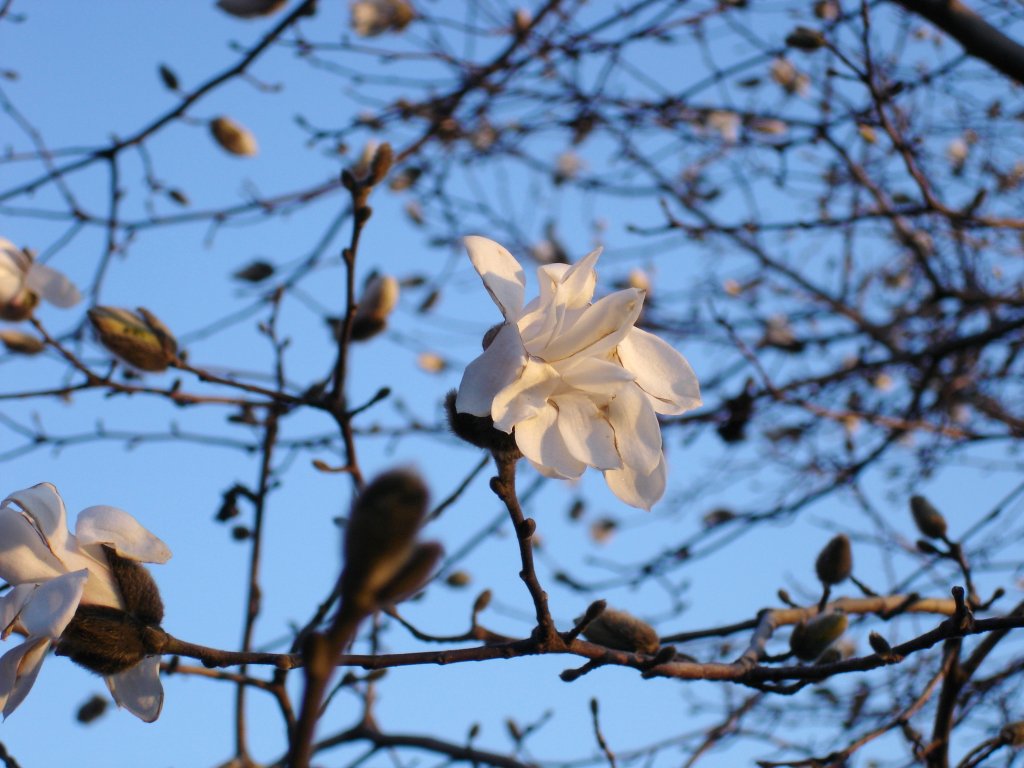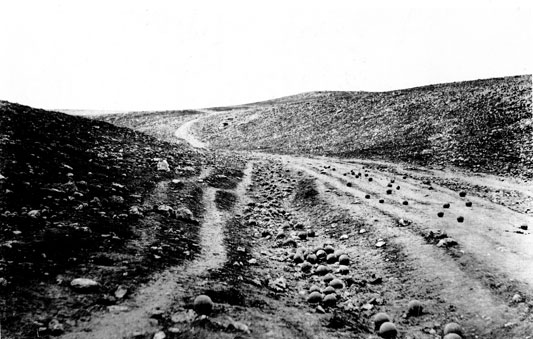My friend Kate Pourshariati recently organized a screening of the documentary film Photo-Wallahs (1992) at the Penn Museum in Philadelphia. She invited me to briefly introduce the film and moderate a discussion. Below is a slightly revised version of my notes from the event.
David and Judith MacDougall have been making documentary films since the late 1960s, and they’ve made films on people from numerous regions, from Africa, to Italy, to Australia, to India. Besides this film, they’ve done several other documentaries based in India, including Doon School Chronicles, on the elite boarding school in Dehra Dun, and Gandhi’s Children, focusing on slum children in Delhi. (Many of their documentaries are made collaboratively, but they have sometimes also worked on their own. Doon School Chronicles has David McDougall’s name on it exclusively, while a recent film, Diyas, was directed exclusively by Judith McDougall.) In addition to making films, David MacDougall has written a fair amount about film and issues related to visual anthropology over the years, including two books, Transcultural Cinema and The Corporeal Image.
Photo-Wallahs is a film about the culture of photography in the famous hill station of Mussoorie, with some scenes filmed in Dehra Dun. The method of the documentary is “observational,” which is to say there’s no background narration from the film-makers, and the audience has to do the work of putting together the individual pieces and themes themselves. The filmmakers focus on two different kinds of professional photography, 1) tourism photography, which involves middle-class tourists paying to be photographed dressed up in fanciful costumes with the Mussoorie hills in the background; and 2) more conventional studio photography, such as is used in matrimonial ads and wedding pictures. They also have brief sections involving people who are not photographers, including a segment with Sita Devi of Kapurthala (who was photographed by the fashion photographer Cecil Beaton in England in the 1930s), as well as a segment with the Indian writer Ruskin Bond, reading from his story “The Photograph.”



